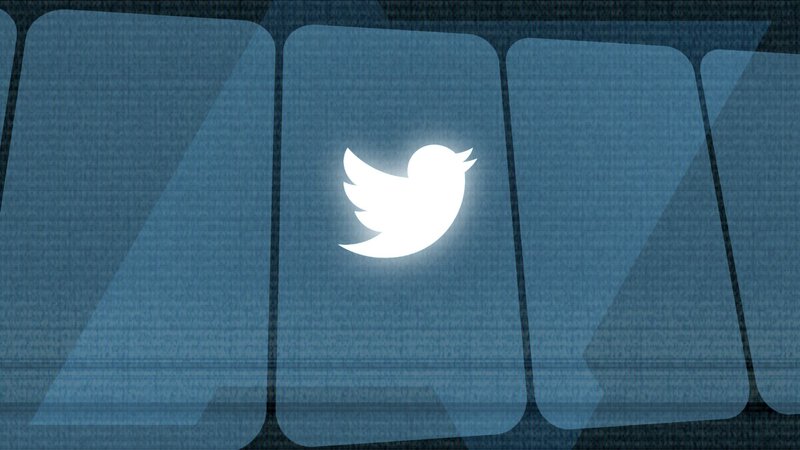
Designing one of the most prominent social media platforms,
Twitter, necessitates a thorough grasp of user behaviour, technology
advancements, and the distinctive qualities that distinguish Twitter in the
social media environment.
First and foremost, the user interface (UI) of Twitter is
essential. The design should be simple, straightforward, and easy to use,
allowing users to effortlessly browse between tweets, messages, and alerts.
Twitter's design is distinguished by its simplicity and quickness, allowing
users to swiftly scroll through a feed of short, brief messages.
This design philosophy should be preserved, but with an eye
on modern aesthetics and usability trends. For example, including additional
visual components such as movies and photographs in a seamless manner helps
increase user engagement without jeopardising the platform's speed and ease of
use.
Another critical factor is the user experience (UX). Twitter
must continue to adapt in order to fulfil its users' shifting demands and
expectations. This involves developing algorithms to display more relevant
material, boosting search capabilities, and giving more personalised
experiences while protecting user privacy. The adoption of advanced machine
learning algorithms can aid in the curation of material that corresponds to
specific user tastes, improving engagement and time spent on the site.
In terms of features, Twitter should prioritise improving
its core capabilities while simultaneously exploring new possibilities.
Potential areas of growth include live streaming possibilities, more
interactive polling choices, and expanded narrative elements. Furthermore, with
the increase of audio content, improved podcast or audio tweet features might
set Twitter apart in the social media sphere.
Twitter's importance as a medium for public conversation
cannot be overstated. As a result, developing Twitter entails the duty of
fostering a healthy, courteous, and informative environment. This includes more
strong and open moderation procedures, tools to counteract disinformation, and
features that encourage productive interactions. To avoid echo chambers, the
design should encourage varied points of view while also offering users with
opportunities to customise their experience.
The design of any social media network must prioritise
security and privacy. To preserve user data and maintain privacy, Twitter must
use cutting-edge security measures. Secure authentication mechanisms, data
encryption, and transparent data usage regulations are all part of this. Users
should have confidence in the security of their personal information and in
their ability to regulate their data.
Finally, Twitter should be built to be globally accessible.
This includes supporting many languages, taking into account diverse cultural
settings, and ensuring that the platform is accessible to persons with varied
impairments. language-to-speech, voice commands, and alternate language for
pictures can all help to make Twitter more inclusive.
To summarise, creating Twitter requires balancing simplicity
and creativity, public conversation and privacy, and global reach and local
significance. Platforms like Twitter have the ability to alter how we
communicate and consume information as we continue to progress in the digital
era. Understanding these design concepts is critical for anybody interested in
exploiting the potential of social media for company or personal branding. In
that vein, if you want to boost your social media presence, don't forget to
check out Great SMM.
Our SMM panel provides a variety of services to help you
increase your online exposure and engagement. Visit Great SMM today to learn
more about how we can help you reach your social media objectives.